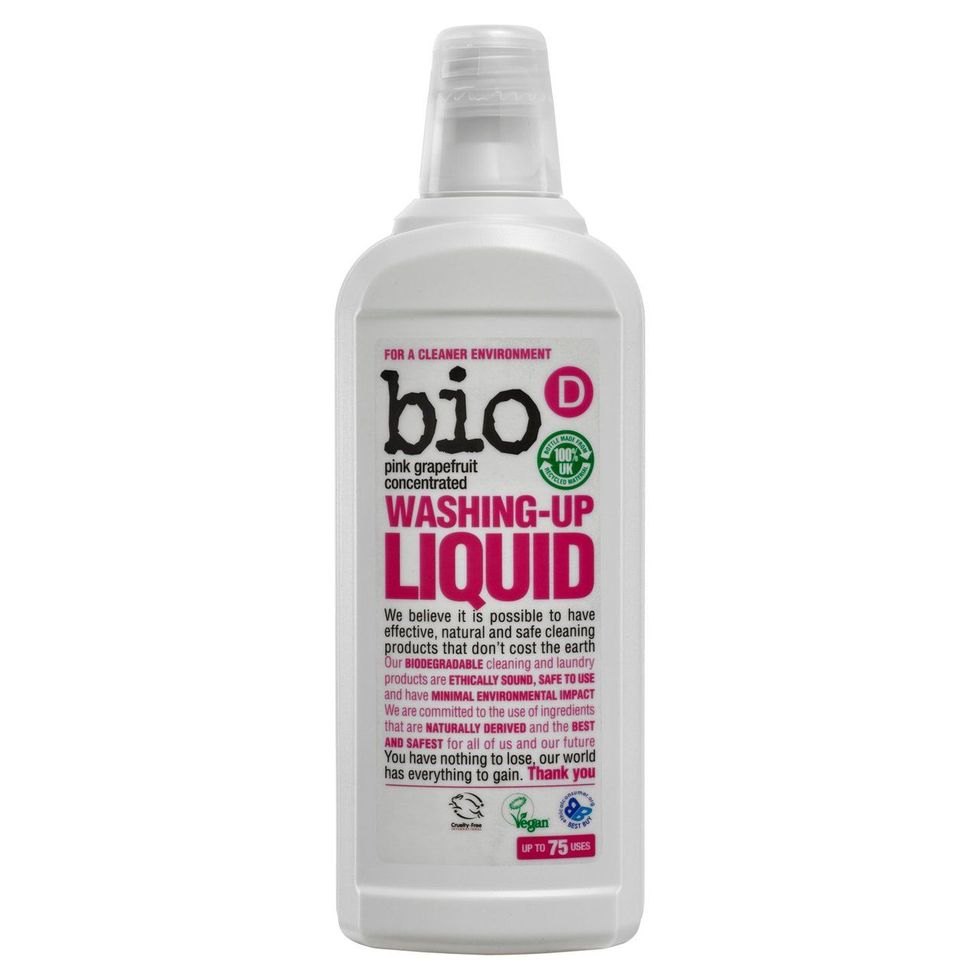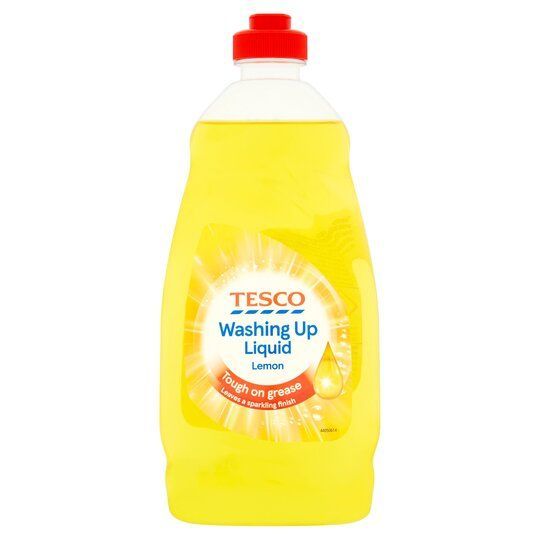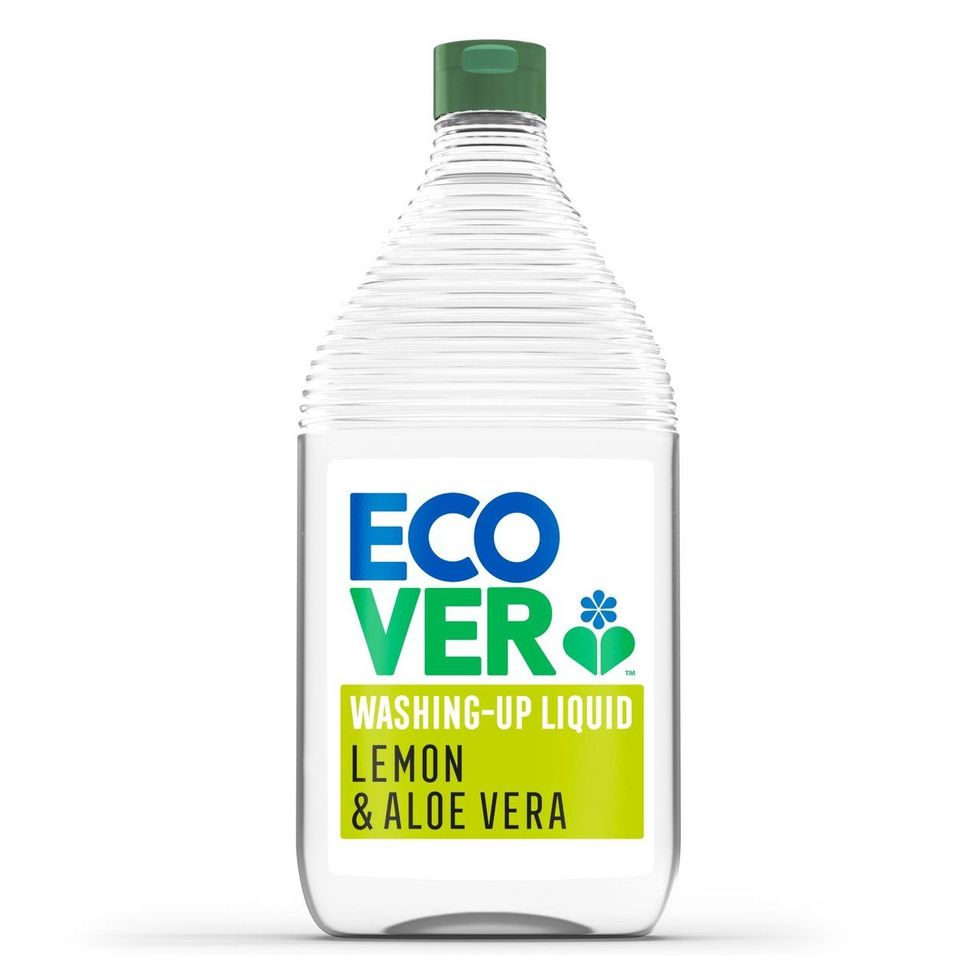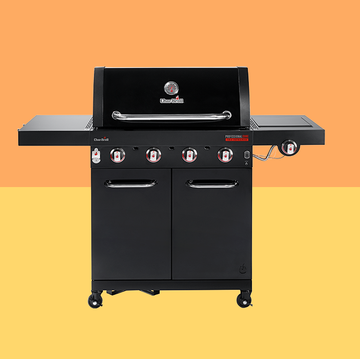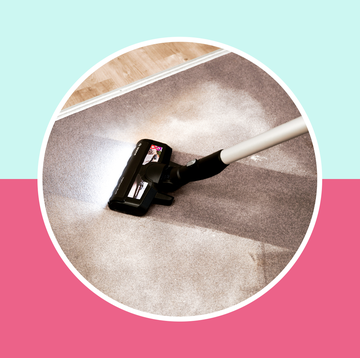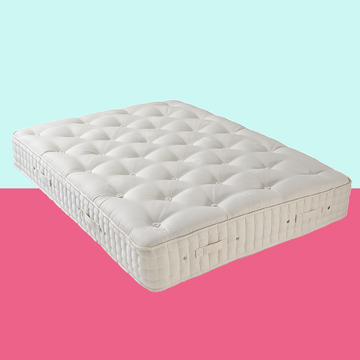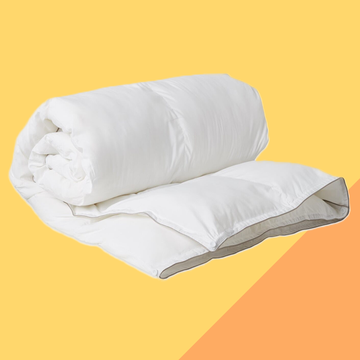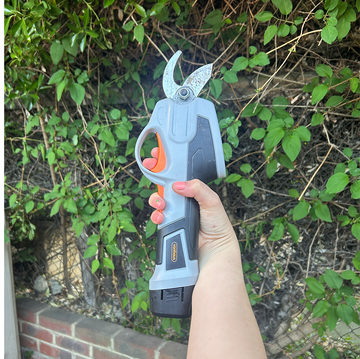We earn a commission for products purchased through some links in this article.
12 best washing up liquids for cleaning dishes quickly
These tried and tested picks cut through grease for sparkling plates every time

Doing the washing up is a universally hated chore (apologies if you're the one person who loves it), but it can be made quicker and easier with a good washing up liquid.
The best formulas will leave your pots, pans, plates, cutlery and glassware gleaming, no matter how greasy or dried-on your leftovers. They will generate enough foam to clean quickly and effectively, without bubbling up so much that they block your plughole.
What is the best washing up liquid?
The Good Housekeeping Institute tested 24 of the leading washing up liquids on the market to find the most reliable for removing grease, fat and dried-on food from plates. These 12 earned a spot on our roundup – keep reading for our detailed reviews.
How does washing up liquid work?
It’s not magic, but it is clever. Washing up liquid contains molecules with two parts – one loves water and the other hates it. The hydrophobic side grabs onto grease (i.e. the food residue on your plate) but the hydrophilic side is stronger and pulls the molecule into the water, taking all that oil and grime with it.
How much washing up liquid should I use?
Most of us use more washing up liquid than we need to, which wastes money, time and water (as rinsing takes longer). The recommended dose varies between brands, but you shouldn’t need more than 5ml (1.5 teaspoons or a couple of squirts) of non-concentrated formula per five litres of water.
If you’re tackling heavily stained pots and pans, let them soak in your solution for a few minutes before scrubbing. Don’t make the mistake of adding more washing up liquid as soon as the suds disappear, as there should still be plenty of formula left in your water.
Should I rinse my dishes after washing up?
Ideally, yes. Nobody wants the lingering taste of soap in their Sunday roast, and leftover washing up liquid can leave unattractive smears on glass.
But most importantly, it’s better for your health. Most mainstream formulas contain the chemical sodium laureth sulphate (SLS), which causes foam and strengthens the cleaning process. However, it’s also an irritant, so it’s best to get it all off before eating from your plates.
What happens if you put washing up liquid in the dishwasher?
In short, don't do it. Only put dishwasher-safe products into your machine, or you risk not only damaging it, but also being left with a mammoth clean-up mission to tackle. Unlike dishwasher tablets, washing up liquid produces bubbles, which will quickly fill your dishwasher and seep out of the tiniest of gaps, filling your kitchen with suds. The foam can also block your machine’s pipes and filters and stop it draining properly.
Too late? Stop the dishwasher. Lay down towels to soak up all those suds and thoroughly clean out the dispenser to remove any trace of washing up liquid. If the foam still isn’t disappearing, pour a mug of white vinegar inside your machine to help banish those bubbles. Run a couple of cycles until it’s fully clean and dry.
How we test washing up liquid
The GHI team put 24 brands of washing up liquid through two rigorous tests. Firstly, they counted how many greasy plates one manufacturer-recommended dose could clean effectively.
Next, they counted how many dirtied full place settings the same suggested dose could work through, after covering the crockery and glassware in a variety of foods, including wheat cereal, egg yolk and spinach puree.
We also sent each washing up liquid to ten panellists, who gave their feedback on everything from cleaning performance to scent, longevity and packaging.
The scores were combined to give us our top-performers – these 12 best washing up liquids made the lightest work of our dishes.
Hannah is our homes editor, specialising in reviewing the latest kitchen appliances, cleaning products, mattresses and bedding, and crafting equipment. Hannah has written about hundreds of products, from air fryers to smoothie makers to pillows, and is committed to finding the most reliable and best value for money buys.
Hannah is also interested in sustainability in the home and has completed a course with the University of the Arts London in sustainable textiles, so she can help cut through the noise on what’s green and what’s not. Hannah has an MA in Magazine Journalism and has previously worked as a freelance lifestyle and women’s sports journalist, working for Stylist, Sky Sports and more.
Hannah has also previously worked in a florist and can normally be found caring for her house plants or sewing something new for her home or wardrobe.
Blossom is passionate about finding the best home products and appliances for GH readers. As head of the homes testing team, she has led reviews across multiple categories, from pizza ovens, and smart plugs to portable fans and hobs. She enjoys delving into the intricacies of products and refining testing protocols to ensure we’re testing them against their claims. Her aim is to find the top-performing products on the market, to help take the hard work out of housework. Blossom’s most notable accomplishment in the lab has been toasting 528 slices of bread in her quest to find the best toasters money can buy. In her free time, she openly admits to being a music geek and indulges her creative side through crocheting, baking, singing and writing.


6 best family tents, tried and tested

The best weighted blankets, tried and tested
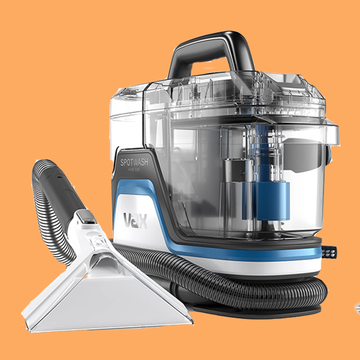
The 13 best spot cleaners, tried and tested
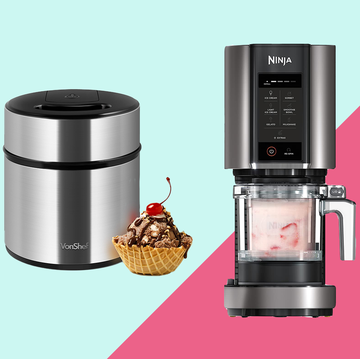
10 best ice cream makers, tested by experts


